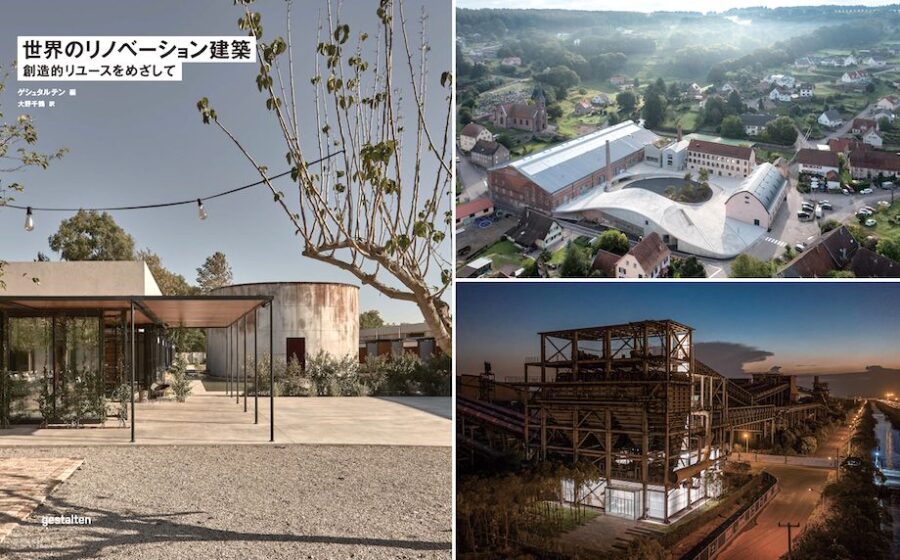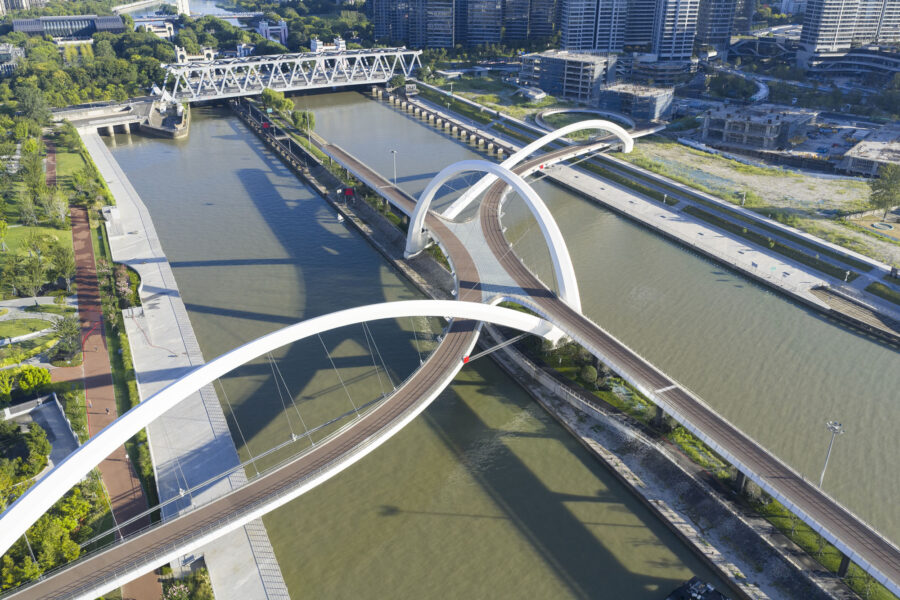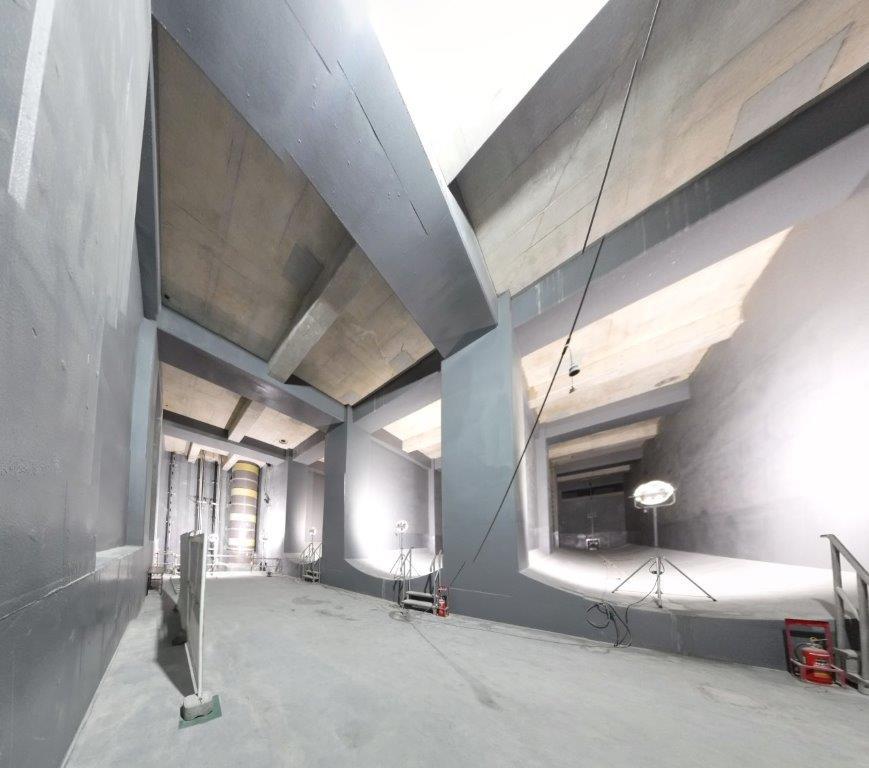
CULTURE


© Mario Wibowo
〈チキン・ヒーロー・パビリオン(Chicken Hero Pavilion)〉は、世界第2位の食糧損失・廃棄国であるインドネシアにおいて、家庭や地域社会での食糧廃棄を削減することを目的として設計された、丘陵地に溶け込む鶏小屋です。
開発の進む発展途上国インドネシアにおいて、持続可能性を組み込んだ商業施設をさまざまな場所に分散させることにコミットする設計事務所 RAD+ar(Research Artistic Design + architecture)が設計しました。
注目ポイント
- 緑の屋根を支える再生竹の構造
- シンプルな建築技術で空間の質を向上
- 発展途上国での現実的なサーキュラーエコノミーのモデルを提示
- レストランの有機廃棄物の処理場として機能
- 卵や堆肥を来場者やレストランに還元
- 4週間の期間中に来場者に持続可能性を体験させる場として機能
(以下、RAD+arから提供されたプレスキットのテキストの抄訳)

© Mario Wibowo

© Mario Wibowo
丘陵地に溶け込む鶏小屋のパビリオン
ジャカルタのアーバンフォレストの丘陵地にあるこのパビリオンは、公園内の丘陵地に溶け込むように控えめに建てられている。洞窟のようなトンネルがあり、教育とエンターテイメントを無料で提供している。〈チキン・ヒーロー・パビリオン〉は、RAD+arによる、インスピレーションを与えると同時に挑発的な、独自の取り組みである。
インドネシアでは、年間160万トン、つまり1人当たり約300kgの食糧が廃棄されていると推定されており、この取り組みは、インドネシアが世界第2位の食糧損失・廃棄国であるという重大な課題に対処し、家庭や地域社会での食糧廃棄を削減することを目的としている。

© Mario Wibowo
サーキュラーエコノミーを促す、鶏小屋のプロトタイプ
このパビリオンでは、アップサイクルされた、環境にやさしい鶏小屋のデザイン・プロトタイプのショーケースとなることに力を入れており、機能性や快適性を損なうことなく環境への影響を最小限に抑えることを特徴としている。
風通しの良い内部空間は、間接照明で照らされており、再生竹を緑の屋根を支える構造として使用することで、スペースの効率が最適化されている。これにより、鶏小屋は鶏の群れに必要な条件を満たしながら、廃棄物を効果的に管理し、雨水集水面などの緑地を保全することが可能になる。
この仮設建築物が、ジャカルタのアーバンフォレストにおけるシンプルなサーキュラーエコノミーと持続可能性を実証しているという事実が、パビリオンの環境面および技術面の成果を強調している。

© Mario Wibowo

© Mario Wibowo
レストランの廃棄物を循環させる基点としてのパビリオン
4週間の展示期間中、パビリオンは敷地内の6つのレストランの生ごみ処理場として機能した。
乾燥した葉や有機性の木の廃棄物は、湿度を下げる役割を果たしながら、鶏の寝床として使用された。堆肥化された生ごみと乾燥した葉は、庭園や商業用の堆肥に変えられ、3日ごとに収穫された。また、1日あたり約40個の卵がレストランに配られ、来場者には生きた収穫物のお土産として提供された。

© Mario Wibowo

© Mario Wibowo
近隣地域の中に生み出す小さなサーキュラーエコノミー
このパビリオンは、自然を補完しながら、人々にとって包括的な空間的品質をつくり出すシンプルな建築技術を展示している。
来場者と鶏の相互関係は、このプロジェクトの議論を形成する中心的なデザイン要素であり、裏庭での家禽飼育に対する偏見を打破する手助けとなっている。この目的は、来場者が各自の家庭、近隣、地域社会において、持続可能性の真の推進者となるよう鼓舞することにある。

© Mario Wibowo

© Mario Wibowo
発展途上国において、持続可能な建築に過度に依存することなく、いかにして全国的に持続可能性を効果的に分散させるかという課題から始まり、〈チキン・ヒーロー・パビリオン〉は、政府機関と開発業者双方にとって挑発的なプロトタイプとして誕生した。
持続可能性を分散させ、近隣地域の中で小規模な循環型経済を促進するというユートピア的な目標を達成することを目指している。このアプローチは、インドネシアの広大な群島における「グローカリゼーション(グローバリゼーション+ローカリゼーション)」という現在のトレンドに沿ったものである。

© Mario Wibowo

© Mario Wibowo

© Mario Wibowo

© Mario Wibowo

background © RAD+ar

process © RAD+ar

decentralizing chicken coop © RAD+ar

blockplan © RAD+ar

siteplan © RAD+ar

section 1 © RAD+ar

section 2 © RAD+ar

axonometric © RAD+ar
以下、RAD+arのリリース(英文)です。
Project Name: Chicken Hero Pavilion
Office Name: RAD+ar
Office Website: radarchitecture.net
Social Media Accounts: @radarchitects
Contact email: studio@radarchitecture.net
Firm Location: Bali, IndonesiaCompletion Year: 2024
Gross Built Area (m²/ ft²): 900m²
Project Location: Urban Forest Jakarta
Program / Use / Building Function: PavilionLead Architects: Antonius Richard Rusli , Daniel Susanto
Lead Architects e-mail: studio@radarchitecture.netPhotographer
Photo Credits: Mario Wibowo
Photographer’s Website: www.mariowibowo.com
Photographer’s e-mail: mario@mariowibowo.comProject DescriptionLocated in the hilly garden of Urban Forest Jakarta, this pavilion humbly blends into the landscape, resembling another hill in the park. It features a cave-like tunnel that offers free, inclusive education and entertainment, known as the Chickencoop. The Chicken Hero pavilion is an evocative yet provocative self-initiated approach by RAD+ar to inspire independent backyard poultry farming. This initiative aims to reduce household and community food waste, addressing Indonesia’s significant challenge as the runner-up in global food loss and waste, with an estimated 1.6 million tonnes, or approximately 300 kg per person annually.The pavilion is committed to showcasing a prototype of upcycled, eco-friendly chicken coop designs. These designs are characterized by a commitment to minimizing environmental impact without compromising functionality or comfort. The cross-ventilated interior space, illuminated by indirect daylight and covered with reclaimed bamboo as the main horizontal-diagonal green roof structure, is optimized for space efficiency. This ensures that the coops meet the needs of the flocks while effectively managing waste and preserving green areas, such as rainwater catchment surfaces, all while maintaining a stable and comfortable thermal environment for the chickens.Both the environmental and technical achievements of the pavilion are underscored by the fact that this temporary structure demonstrates a straightforward circular economy and sustainability within Urban Forest Jakarta. During its four weeks of display, the pavilion actively served as a food waste processor for six on-site restaurants. All dried leaves and organic tree waste were used as bedding for chickens while it helping to reduce humidity. The composted food waste and dried leaves were then transformed into garden and commercial compost, which was harvested every three days. Approximately 40 eggs were distributed back daily to the restaurants and served as a live harvesting souvenir for visitors.The pavilion showcases a simple construction technique that complements nature while creating inclusive spatial quality for the public. The reciprocity between visitors and chickens is a central design element that shapes the project’s discourse, helping to break the stigma surrounding backyard poultry. This aims to inspire visitors to become real agents of change in sustainability in their own household, neighborhood and community.Starting with the question of how to effectively decentralize sustainability across the nation without becoming overly reliant on sustainable architecture in a developing country, the Chicken Hero Pavilion emerges as a provocative prototype for both government bodies and developers. It aims to achieve the Utopian goal of decentralizing sustainability and promoting a micro circular economy within neighborhood communities. This approach aligns with the current trend of “Glocalization” (globalization + localization) in the sprawling archipelagos of Indonesia.
RAD+ar 公式サイト
https://radarchitecture.net










